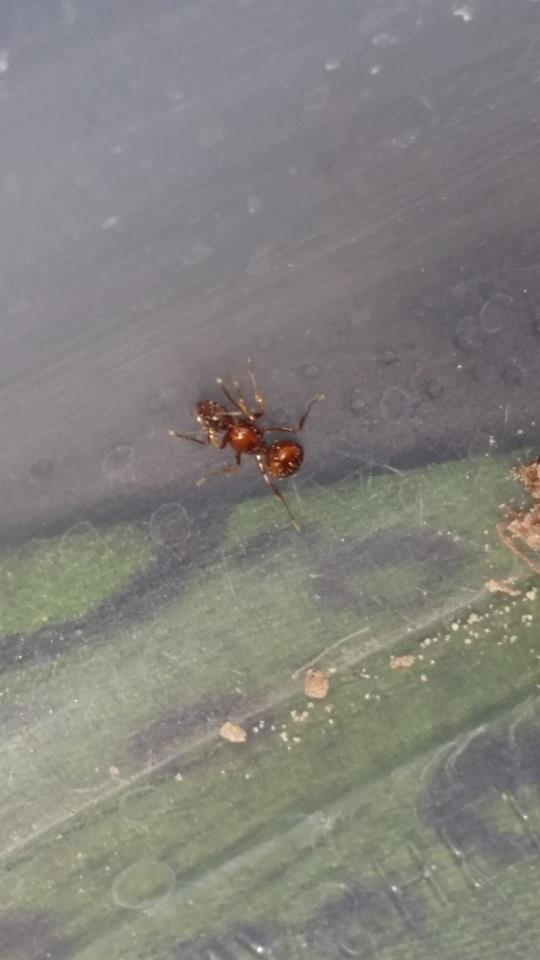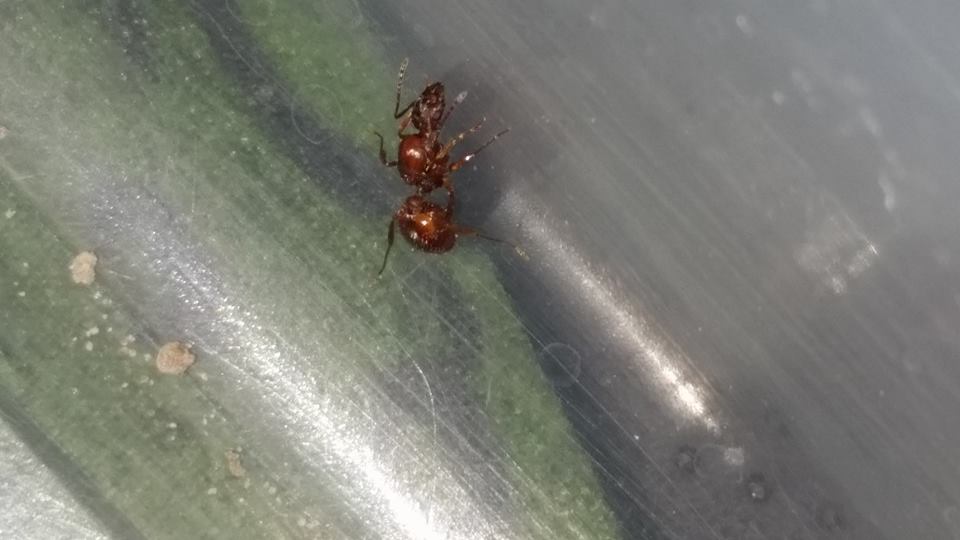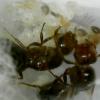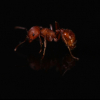Title:
1. Location of collection Greers ferry arkansas
2. Today's date 6/25/2015
Body:
1. Location of collection near little red river
2. Date of collection 6/25/2015
3. Habitat of collection forest trail
4. Length
5. Coloration, hue, pattern and texture (ie: dark redish-orange head, velvet-like gaster, translucent, hairy/bald, shiny/dull, etc.). Be as specific as possible, and you can use the diagram below if you need it.
6. Distinguishing characteristics (ie: one petiole node/two petiole nodes, length and orientation of any spines or bumps on the thorax or waist, head shape, eye size, shape of mandibles, number of antennal segments, etc.)
7. Anything else distinctive (ie: odor, behavior, characteristics relative to others in the colony, etc.).
8. Nest description (if you can find the nest, and you're sure it belongs to the ant you collected) (ie: rotted log, volcano-shaped mound of coarse gavel 10cm in diameter, etc.).
9 . Post the clearest pictures possible of the top, side, and face of the ant in question, and if possible, their nest and the habitat they were collected in.
Edited by SheldonLee5, June 29 2015 - 4:25 PM.























